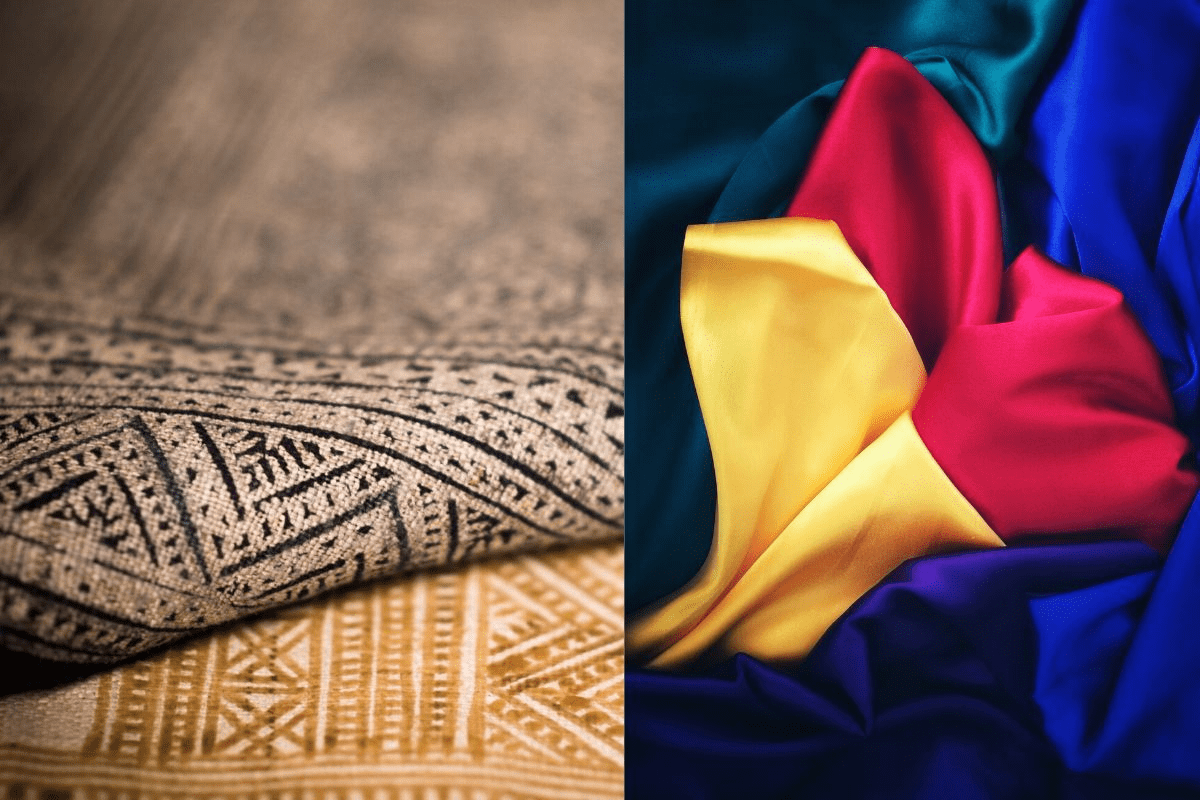
Want To Protect Yourself From Heat? Get Heat Resistant Fabric Which Will Save From Fire And Give 100% Result Which Protect From Big Loss.
Workers who work in industries need to be provided with a defensive shield against the dangers in their workplaces. These dangers may be warm or molten steel, flash fires or arc bursts, and dust explosions. These conditions make it mandatory to wear heat resistant fabrics or FR clothing. In these dangers, fabrics are most likely to come in contact with hot surfaces, but in the case of heat resistant clothing, these fabrics do not conduct heat or electricity and resist burning after the fabric has been separated from the source of the fire and further avoids combustion without melting or injuring the wearer.
In the industrial sector, heat resistant fabrics are a necessity, as industrial workers are subjected to harmful settings that could burn their skin. To protect them from such a climate, these fabrics serve as a shield. Such places of work involve extreme heat and exposed wiring which might be harmful to the employees.
Heat resistant overalls are a special form of personal protective equipment designed to protect people against fire hazards and warm surfaces. Only for a limited time can these fabrics withstand heat. It means that wearing a heatproof fabric does not deliberately mean that the person can be in any unsafe climate. Dangers should at all costs be avoided. These clothing have a layer of air between their fibers. This air insulates the body of the person wearing the fabric. Insulation of the body means that heat will not be conducted through the transfer of heat from the source to the skin of the person.

A heat resistant fabric can also be a fire-resistant fabric. The fabric can be used with some type of chemical that can enhance the fabric’s FR characteristics. Not only will the chemical strengthen the flame-resistant properties, but it will also boost the fabric’s longevity. Such chemicals are designed to avoid fire spread and heat resistance. The flame-resistant material should be able to extinguish the fire once the ignition source has been removed. Workers wear these kinds of fabrics in their daily jobs, from firefighters to electricians and oil workers, and their working conditions are one of the toughest. To make clothes, have different properties and better quality, several distinct types of blends of fibers are used.
Heat resistant fabrics serve a broad spectrum of industries. Such types of fabrics are of greatly beneficial to the aerospace industry, as aircraft components work at extreme temperatures that need to be held away from the cabin and cockpit for comfortable travel.
The fabrics can be used to ensure fire-resistant cargo containers are used in jet engine components and for smoke seals in the cabins.
For safety purposes, the robotics industry often relies heavily on heat resistant fabrics. For environments that are too dangerous for humans like intense heat filled areas such as volcanoes or burning buildings, robots are often used. Such fabrics are used as covers for robot safety to reduce the risk of damage and to save any repair costs.
Since its heat resistance provides excellent protection for humans as well, silica fabric is commonly used in welding applications.
Heat resistant fabrics are also a popular choice where heat resistant linings are used in furnaces, troughs, and burners. The high-temperature tolerance helps these fabrics to ensure that the linings and connections within a furnace are sealed at extremely high temperatures without the possibility of melting. There are also additional properties for furnaces, such as splash and corrosion protection.
There is a wide range of heat resistant fabrics, each with its own unique characteristics that make them ideal for different applications.
Coated fabrics are a common material that is heat resistant and is used in many industries. Such fabrics are often used because they trap the heat for defensive purposes. Neoprene, silicone, ceramic and refractory are typical coatings. Such coatings are common as they also provide additional resistance properties, including abrasion, chemical resistance, and UV resistance. These are also extremely durable, making it possible to use them in extreme environments of the world.

Silica fabric and textiles are other types of heat resistant fabric, with a continuous operating temperature of 982 Celsius for these fabrics. They have a low thermal conductivity that makes them thermal barriers that are ideal. Refractory coatings in extreme environments provide high-temperature resistance. Good chemical resistance, low porosity, excellent abrasion resistance, and high overall strength make them one of the strongest industrial textile products in the world.
Heat resistant fabrics are also used as thermal insulation barriers in manufactured products, specifically covers, curtains and blankets.
The selection of high-quality fabric offering durable resistance against fire, flame, and heat is mandatory for the safety and protection of industrial workers whose hard work makes our life convenient and comfortable.